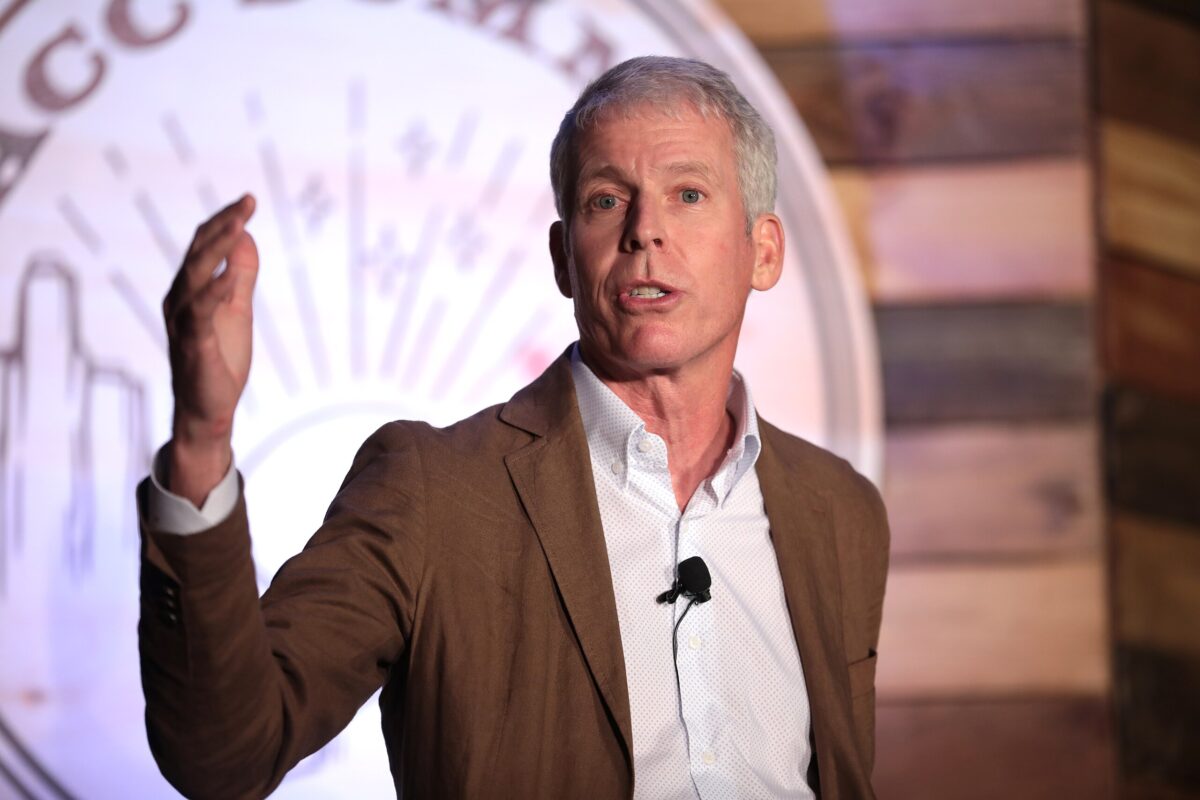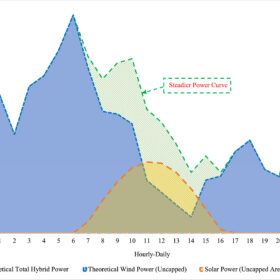Day 1 of pv magazine USA Week 2025 focused on “Unlocking Capital,” addressing the urgent financial and regulatory challenges facing U.S. solar and energy storage. Industry leaders discussed strategies to accelerate solar growth despite tightened tax credit deadlines, increased import restrictions, and reduced federal funding. Watch the full session on Youtube, linked below.
Navigating a tougher regulatory climate
The day began by setting a challenging context: despite strong market fundamentals (solar’s Levelized Cost of Electricity often beats the lowest-cost fossil fuels even without tax credits), the industry is facing an “all-of-the-above” energy policy that does not prioritize solar buildout. This has led to tightened tax credit eligibility rules and deadlines, increased restrictions on imported technologies, and the urgent need for developers to prioritize portfolios and secure new forms of project finance. The core theme was ensuring project success through increased bankability, bolstering resilience, and ensuring effective long-term operations to mitigate risks like extreme weather.
Keynote: The power of standardization and U.S. manufacturing
The keynote address was delivered by Dean Solon, Founder, CEO, and President of Create Energy. Solon, a veteran of the renewables industry and founder of the successful Shoals Technologies Group, introduced Create Energy’s mission to provide simplified, standardized, American-engineered and manufactured solar, BESS, EV, and Microgrid systems.
Key discussion points with Solon included:
- “McDonald’s Menu Board” Approach: How a standardized menu of pre-integrated components can eliminate friction points in the traditional development process and simplify procurement.
- Advantages for Finance: The specific benefits an integrated, standardized system offers for project financing and securing more favorable insurance terms compared to multi-vendor projects.
- Post-Tax Credit Strategy: How businesses can stay ahead of the anticipated financial struggles resulting from expiring federal tax credits and how the industry can avoid a “project deployment cliff” after the incentives sunset.
- Meeting Rising Demand: Create Energy’s role in helping developers rapidly deploy new capacity to meet the unprecedented surge in US electricity demand driven by data centers and electrification.
Technological resilience: Conquering the elements
Following the keynote, Ethan Ely, Product Manager at Trinasolar, presented on “Conquering the Elements: Bankable Shield Module Technology.” His presentation focused on the critical role of extreme weather resilient solar modules in improving project bankability and reducing long-term risk. Discussion highlighted how specifying highly hail-resistant modules, like Trinasolar’s Vertex N Shield, directly benefits developers by improving reliability and securing better insurance and O&M contracts, thus maximizing the long-term Levelized Cost of Energy (LCOE).
Panel discussion: Unlocking capital and de-risking projects
The main panel, titled “UNLOCKING CAPITAL,” featured experts: Trenton Allen (Sustainable Capital Advisors), Charlie Lord (ReNew Energy Partners), Alon Mashkovich (enSights), and John Sedgwick (VDE Americas). The discussion centered on project finance, navigating policy deadlines, and building long-term project bankability.
Critical topics addressed by the panel included:
- The Cliff Effect: The single most critical action developers should take today to triage their portfolios and ensure priority projects meet the “placed-in-service” deadline for federal tax incentives.
- Non-Traditional Capital: Identifying the new forms of institutional capital entering the solar market and the structural assurances they are demanding.
- ROI of Resilience: Quantifying the long-term Return on Investment (ROI) of resilience spending (e.g., hail-optimized trackers, advanced digital monitoring) in terms of reduced insurance premiums and lower O&M costs. John Sedgwick detailed the specific quantified resilience measures (like certified wind/hail-resistant module selection) that insurers are now demanding.
- Post-ITC Landscape: The primary lever for competitive project returns in the post-tax credit environment, with options including pure cash equity, increased Production Tax Credits (PTC), or structured debt/storage pairings.
- Digital Bankability: The Key Performance Indicators (KPIs) sophisticated lenders and equity investors are demanding to see tracked digitally to prove long-term durability, and how a robust digital strategy is becoming a non-negotiable requirement for securing favorable insurance.
- Justice and Finance: The strategic importance of aligning with local planning and engaging with disadvantaged communities (Environmental Justice) to reduce development risk, secure projects, and access new capital streams, such as the Justice Climate Fund.
The day concluded with the consensus that developers must increasingly integrate technical resilience, digital monitoring, and policy awareness into their financial strategies to successfully navigate the current market challenges and secure capital for the next generation of U.S. solar projects.
This content is protected by copyright and may not be reused. If you want to cooperate with us and would like to reuse some of our content, please contact: editors@pv-magazine.com.









By submitting this form you agree to pv magazine using your data for the purposes of publishing your comment.
Your personal data will only be disclosed or otherwise transmitted to third parties for the purposes of spam filtering or if this is necessary for technical maintenance of the website. Any other transfer to third parties will not take place unless this is justified on the basis of applicable data protection regulations or if pv magazine is legally obliged to do so.
You may revoke this consent at any time with effect for the future, in which case your personal data will be deleted immediately. Otherwise, your data will be deleted if pv magazine has processed your request or the purpose of data storage is fulfilled.
Further information on data privacy can be found in our Data Protection Policy.